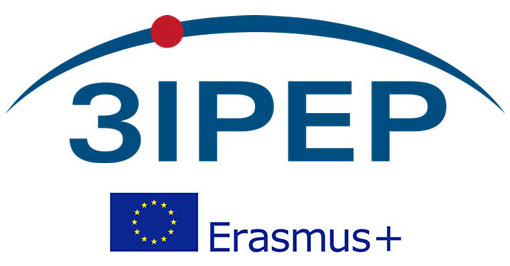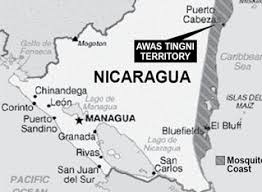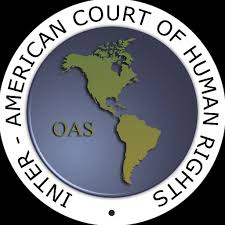You are here : 3IPEPENCoursesBusiness and Natural Resources Rights
- Partager cette page :
- PDF version
Business and Natural Resources Rights
Abstract
The course examines how the protection and promotion of indigenous peoples’ rights are linked to environmental law and economic, business and investment law.
It begins with the conceptualisation of land rights and rights to natural resources (such as the right to water, food, etc.). An introductory lecture is thus entirely devoted to the establishment of the foundational knowledge on the core of the course – natural resources rights.
Further, these rights are discussed in the context of the rights of indigenous peoples. Students are introduced with the notion of indigenous peoples, both from historic and legal perspectives. The international regulation of indigenous peoples’ rights is examined.
The course proceeds, adding another ‘layer’ to it, by linking the mentioned rights to environmental law. More specifically, the focus should be made at the effect of climate change on indigenous rights.
As a final element of the theoretical part of the course, the connection to business law is established. The United Nations Global Compact and other international legal instruments that are relevant for this course are discussed.
The practical part of the course consists of seminars and lectures on real-life decision-making (i.e. decisions of international and regional bodies). The purpose of the seminars is to involve students in a direct discussion of complex legal questions relating to the abovementioned topics. The format of the seminar may change depending on the group dynamics: students may work individually or in groups, be required to make a presentation of a judicial case, etc.
Session 1
A starting point: conceptualising rights to land, natural resources, food, water, housing, health and clean environment and international regulation of these rights
Session outlineSlide show
Session 2
Session 3
Session 4
Building a link to business: a look at the UN Global Compact, United Nations Guiding Principles on Business and Human Rights and the ILO Indigenous and Tribal Peoples Convention
Session outlineSlide show
Session 5
International investment protection law and its interaction with indigenous people rights
Session outlineSlide show
Session 6
SEMINAR: case studies for in-class discussion
Seminar outlineCase-studies
See also the page on Chevron v. Ecuador
Session 7
From theory to practice: decisions of the international and regional decision-making bodies
Session outlineSlide Show
Session 8
An Inter-American perspective: the case of Mayagna (Sumo) Awas Tingni Community v. Nicaragua
Seminar outlineCase-study


